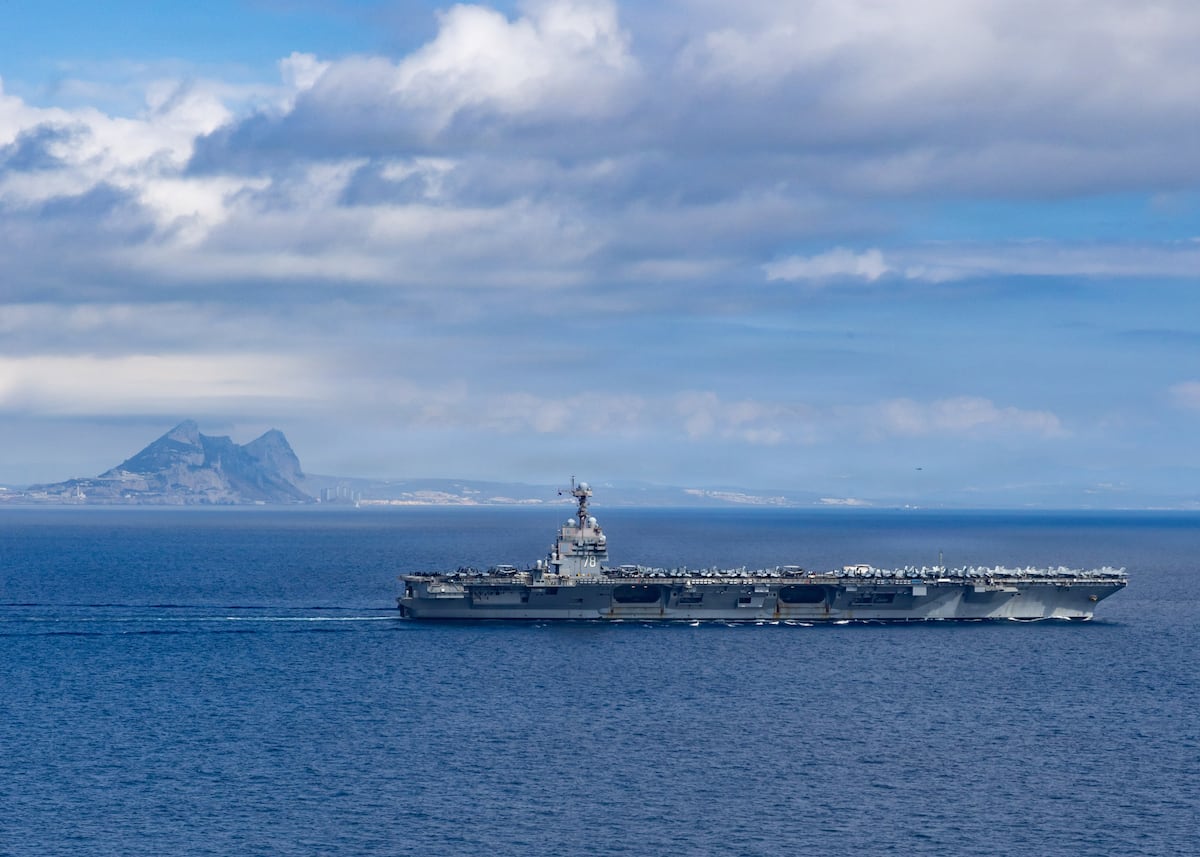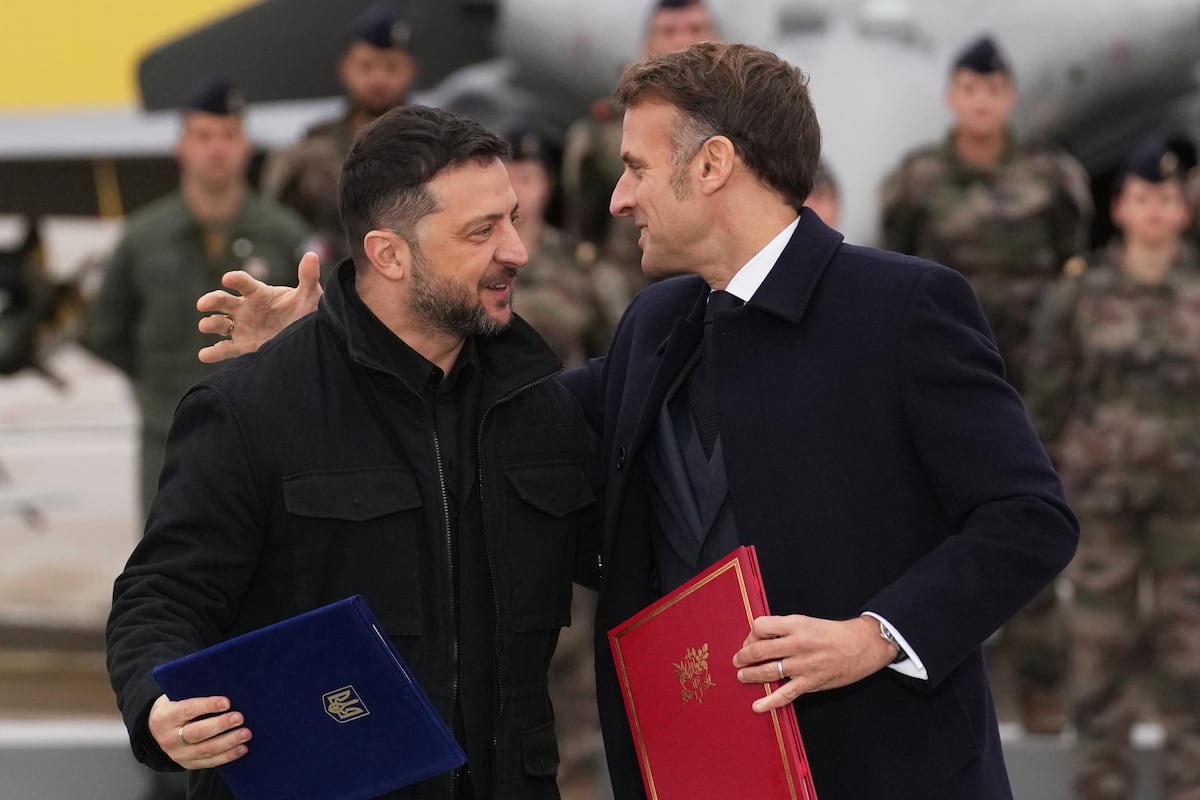Innovative Applications in Defense: The Rooster Hybrid UAV/UGV System
Overview of the Rooster Technology
Developed by Robotican, a privately-owned Israeli firm based in Omer, the Rooster represents a significant advancement in hybrid unmanned aerial/ground vehicles (UAVs/UGVs). Its design is specifically tailored for operation in confined habitats, including urban structures and subterranean environments. Since its deployment by the Israeli Defense Forces and rescue teams in the wake of the October 7, 2023 incident, this versatile system has garnered interest from various Special Operations Forces across the United States and Europe, ultimately securing a NATO Stock Number for interoperability and logistical support.
The Company Behind Rooster
Founded in 2013 by a skilled team of engineers and scientists, Robotican employs a workforce of approximately 50 personnel, with 37 specializing in engineering and computer science. The company dedicates itself to the development of autonomous robotics, leveraging an impressive internal capability set that includes:
- Autonomous digital twin simulations
- Dynamics testing
- Software-in-the-Loop simulations
- Hardware-in-the-Loop validation for performance measures
This robust foundational framework enables Robotican to execute all phases of the Rooster’s lifecycle—from ideation to production, quality assurance, and customer support—entirely in-house.
Design and Capabilities
Structural Integrity and Movement
The Rooster incorporates a central body that houses crucial electronic equipment, batteries, antennas, and an advanced optronic suite. Notably, its Full HD Low-Level TV camera features a wide field of vision (130° horizontal and 90° vertical), enabling enhanced situational awareness during both flight and static observation. The design also integrates innovative rotor protection through a lightweight but sturdy hemispherical cage, allowing the vehicle to navigate confined corridors without sustaining damage.
Relatively small and agile, the Rooster weighs around 1,650 grams and can adopt various movement modes—flying, rolling, or hovering:
- Flight endurance: Approximately 12 minutes
- Ground travel time: Up to 30 minutes
- Observation while stationary: Potentially extends battery life to four hours
Versatile Operational Modes
The system offers three operational configurations:
- Ground Control Mode: For navigating terrain.
- Altitude Mode: Maintains a preset level above the ground.
- Position Mode: Facilitates obstacle avoidance while managing altitude.
This multifaceted approach allows operators to efficiently adapt to evolving scenarios, particularly in dynamic environments like urban warfare.
Payload Options and Tactical Applications
The Rooster is designed to accommodate a variety of payloads, with a maximum capacity of 300 grams, potentially extending to 500 grams but at the cost of operational endurance. Noteworthy attachments developed by Robotican include:
- OS-91 Oxygen Sensor: For reconnaissance missions.
- RS-X5 Radiation Sensor: Enhancing situational awareness in hazardous environments.
- TC-54 Thermal Camera: Valuable for night operations.
- Unspecified Warhead: Developed in response to specific Special Forces requests, enabling considerations for offensive actions.
This adaptability allows the Rooster to pivot between support for rescue operations and tactical military missions, positioning it as a diverse asset across several operational theaters.
Communication and Collaboration Features
Effective communication is paramount, especially in enclosed spaces like tunnels. The Rooster employs a robust DTC communications link, operating within a frequency range of 2.1 to 2.5 GHz, and supports up to 128-bit encryption if required. Its mesh networking allows for coordinated operations among multiple units:
- The first Rooster conducts reconnaissance and establishes access.
- If the communication link is compromised, the first unit can land to maintain observational capabilities while a second unit progresses deeper.
- This relay system enables flow through multiple checkpoints, maintaining operational effectiveness.
AI Integration for Enhanced Efficiency
The Rooster incorporates AI-driven algorithms capable of automatically identifying and classifying images and objects, such as firearms and potential threats. By utilizing client-specific datasets, the system can significantly reduce the cognitive load on operators and expedite mission timelines.
Deployment and Training Packages
Robotican packages the Rooster along with a Ground Control Station (GCS) into a ruggedized transport case measuring 814 x 387.7 x 586.5 mm, suitable for tactical scenarios. An alternative tactical backpack solution, weighing 8.4 kg fully loaded, allows for rapid deployment with minimal setup time.
Training systems, including the full Sphera simulation software developed by Robotican, ensure that users are proficient in operating the Rooster under a range of conditions, aligning operational preparedness with technological capabilities.
Future Prospects
While the Rooster’s recent successes with European special operation units have been noteworthy, Robotican remains focused on innovation. The company is also advancing its Goshawk anti-UAV drone and exploring solutions for integrated fleet operations that can leverage enhanced communication systems for greater bandwidth.
The Rooster exemplifies the cutting-edge capabilities being integrated into modern military operations, addressing key challenges in urban deployment and enhancing situational awareness through its hybrid functionality. As military operations continue to evolve, technologies like the Rooster represent a transformative leap in counter-threat capabilities and lifesaving interventions.
Photos Courtesy of Robotican





